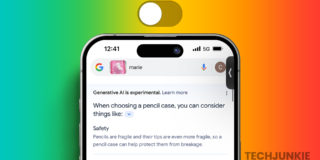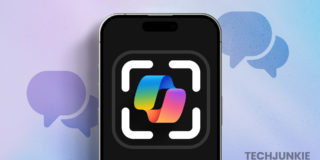Apple Should Merge iOS Favorites and Mail VIPs
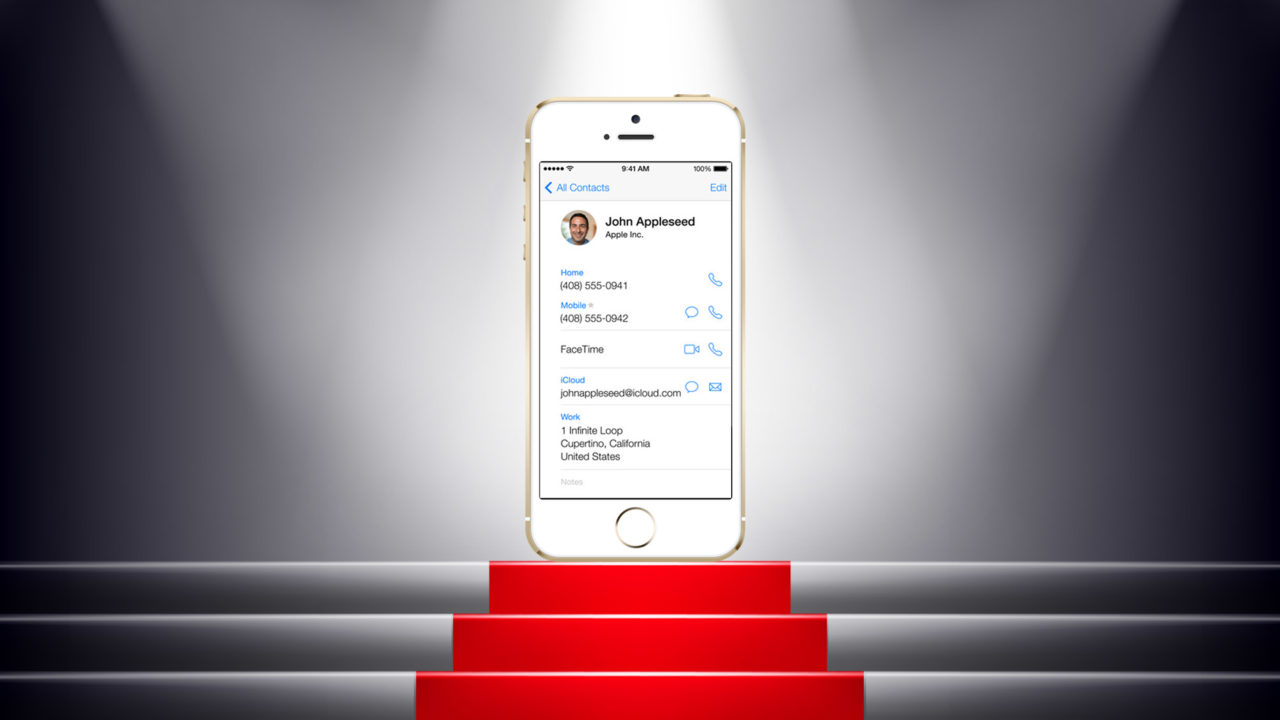
Apple has long strived to offer users a unified experience across the company’s entire product line. A single Apple ID lets a user purchase and access iTunes content on iPods, iPhones, Macs, and the Apple TV, for example, and a single iCloud account synchronizes calendar events and application data, among other things. But after a brief discussion this afternoon with The Mac Observer’s Vern Seward, he made me realize that there’s still room for improvement in two important areas: contact favorites and Mail VIPs. These two features share much in common, and Apple should merge them into a single management interface to best continue its mission of both unification and simplification.
It seems logical that a user should only have to designate a contact as “important” once.
Before we go further, let’s dive in to a bit of background. Contact Favorites have been a part of the iPhone experience since the very beginning. Users could choose any individual contact with a phone number and add them to a special “Favorites” list for quick access. As the iPhone OS became iOS and a number of new features, such as FaceTime, were introduced, Apple added the ability for users to add contacts to their Favorites list with only an email address. Today, the Favorites list is quite versatile; a contact can be added to the list with a phone number or email address, and default settings can be chosen for whether that user should be contacted via the mobile phone network or FaceTime.
Mail VIPs are a more recent Apple feature. Introduced with iOS 6 and OS X Mountain Lion, the feature allows a user to designate certain contacts as “VIPs,” which places them in a special category in Apple’s mobile and desktop Mail apps. In OS X, messages from VIPs are segregated into a special folder; in iOS, a user gets a notification on the lock screen and in Notification Center. In short, Mail VIPs let a user choose their most important contacts and ensure that emails from those contacts do not go unnoticed.
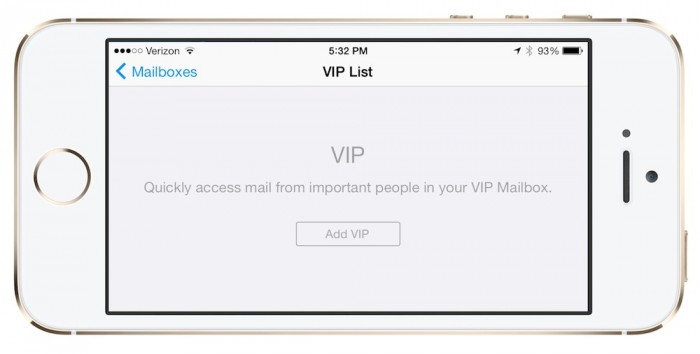
These two features combine to provide very useful and important functionality. They seem so compatible and yet Apple has thus far chosen to keep them separate. Perhaps that should change. It seems logical that a user should only have to designate a contact as “important” once, regardless of whether the primary mode of communication with that contact is telephone, FaceTime, instant message, or email. All of these modes of communication are converging, and a unified method of managing them is a necessary step to embrace this reality.
To be fair, Apple is nearly there already. iCloud contacts are indeed very capable, and currently offer users a way to store every common mode of communication for a contact. Once properly set up, all of this data syncs between a user’s devices. All we need now is a new way to manage important contacts within the existing Contacts app.
While deferring to the design experts locked away in Cupertino is usually a good idea, here’s how I envision this could work. Apple already provides options to the user when designating a contact as a Favorite. If the contact has multiple associated phone numbers and email addresses, the user must choose which number to add as a favorite and, further, which mode of contact to use: phone call or FaceTime.
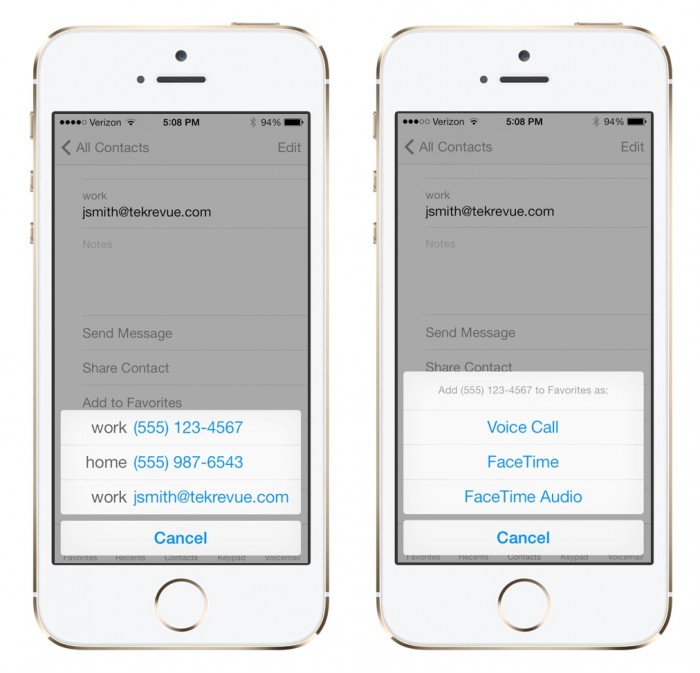
A better method might be a simple “Add as VIP” option. Pressing this would designate the contact as important, complete with the accompanying star icon, and then reveal a list of VIP-only options, each enabled with an “on/off” toggle switch: Phone Call, iMessage, FaceTime, Email, and so on. A user could then simply toggle which modes of contact they want, and iOS would intelligently add the VIP to the correct location across all of a user’s synced devices.
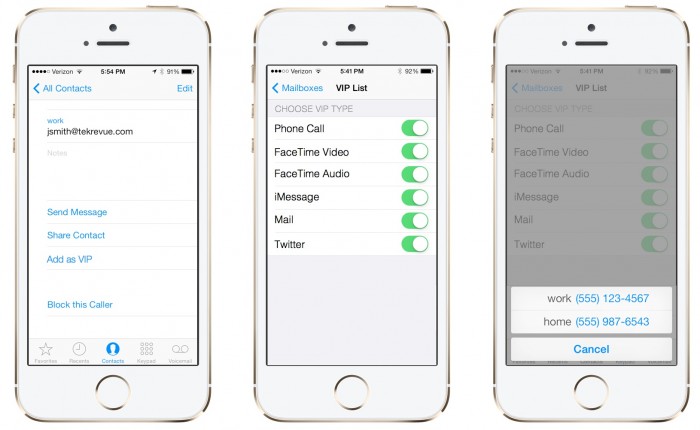
Toggling the “Phone Call” switch will add the contact to an iPhone’s Favorites list (now called “VIPs” in this scenario), toggling “FaceTime” will add the contact to the iPhone Favorites list as well, but also to the iPad and OS X versions of the app, and “Mail” will create Mail VIPs in iOS and OS X. If the contact has multiple phone numbers, for example, a pop-up menu would give the user the option of which to use, just as it does today.
In addition to simplicity, this method would also make setting up a new Apple product easier. While Mail VIPs currently sync across devices via iCloud, the Favorites list for both the iPhone and the OS X FaceTime app are specific to each device. That means that each time a user gets a new iPhone or Mac (or is forced to restore without a backup), they have to create their favorites list all over again. A VIP setting in the Contacts app for every device (iOS, OS X, and even on the Web via the iCloud.com interface) would allow a user to keep a unified list of important contacts no matter where they go or what device they use.
Apple is no slouch when it comes to communication. The company recognized long ago that mobile and online technologies are rapidly changing the way we communicate with each other, and that new ways of thinking about communication are necessary. Apple should be applauded for taking the steps it has thus far. iCloud, for all of its flaws, is an excellent platform on which to build an Apple-centric future, and Apple fans are generally well served by it. But simplicity is also key and, to reiterate a previous point, a user should only have to declare a contact as “important” a single time. A unified way to manage the important people in our lives is easily attainable and completely in line with Apple’s perceived mission. I hope to see such a development in the next revision of iOS.






